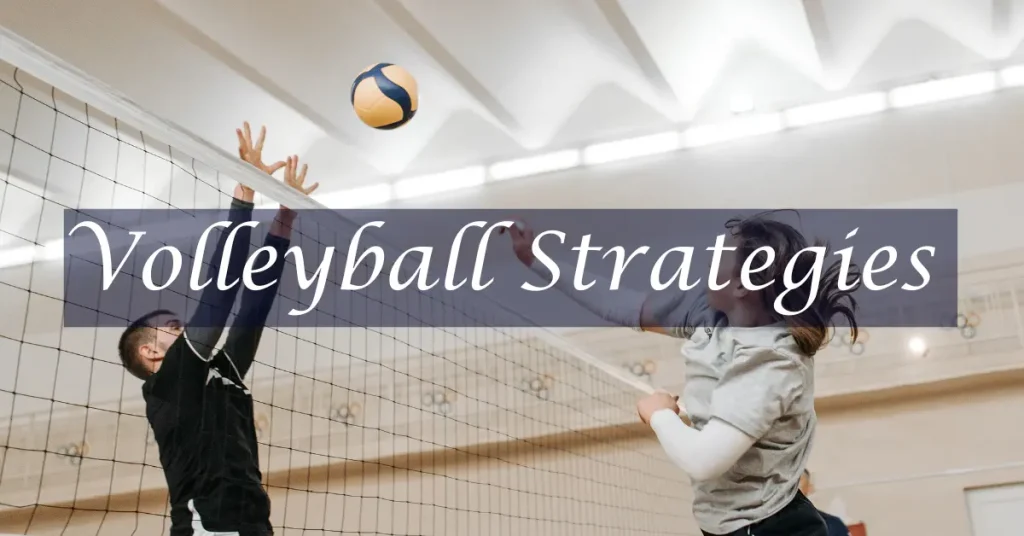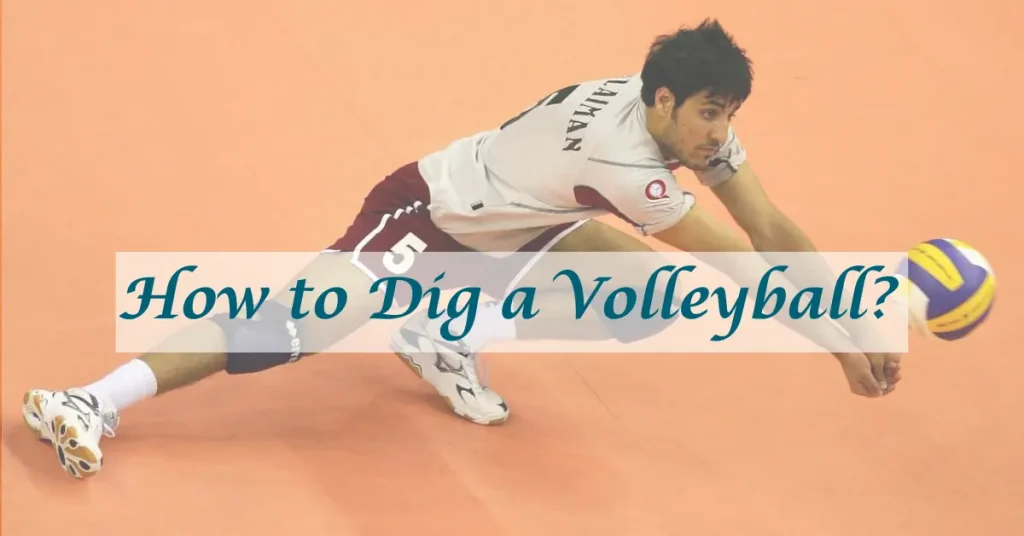Volleyball offers a combination of athleticism, strategy, and teamwork. Whether you’re a beginner eager to learn or a seasoned enthusiast looking to refine your skills, understanding the game’s fundamentals, tactics, and strategies can elevate your play. In this article, I’ll lay out essential tactics that are the foundation for any successful volleyball player.
The thrill lies not only in powerful spikes or diving saves but also in the well-oriented volleyball strategies that precede every move. Mastering these strategies can make the difference between a disorganized team and a formidable force on the court.
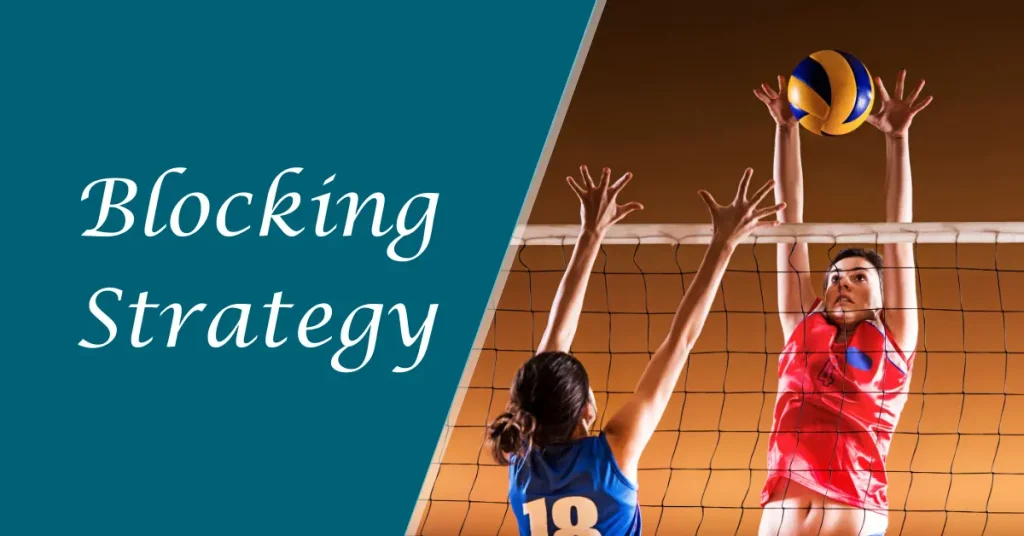
Understanding the Game
Before jumping into strategies, it’s crucial to grasp basic rules and positions. Volleyball consists of two teams, each with six players, who aim to ground the ball in the opponent’s court. Positions include setters, hitters, liberos, and blockers, each with a unique role and responsibility.
Offensive Volleyball Strategies
Serving Techniques
The serve is the first offensive weapon and can set the tone for the game. From powerful jumps to strategic float serves, mastering various techniques ensures you keep the opponent on their toes.
Remember that before doing a serve, change your direction and techniques to keep your opponents guessing what will be next, and they will be thinking about that. Furthermore, aim your serves towards weaker points of receivers or into the opposition team’s gaps where opposed players are less attractive.
Setting and Spiking Strategies
The setter coordinates the offense and must make split-second decisions to set up teammates for potential attacks. Hitters must then utilize timing, power, and angle to spike effectively, all while communicating and coordinating with the setter for optimal impact. It becomes more difficult to defend against a team when they have a variety of spikes.
Team Communication and Coordination
On-court communication is vital for successful plays. Voice your movements and observations. Clear calls and hand signals make for precise plays and prevent on-court collisions. Please try again or contact support if it continues. So ensure that there is open and clear communication among your team members.
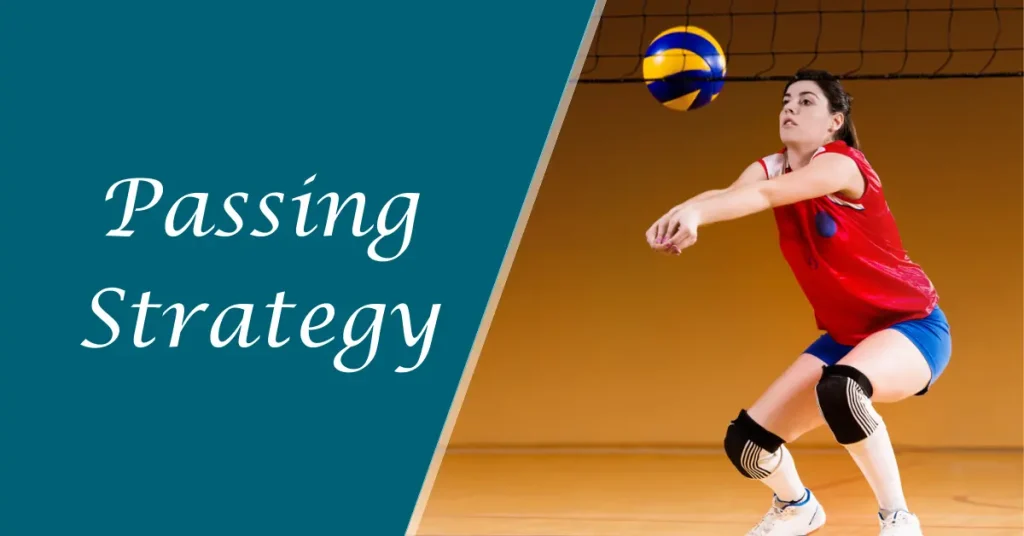
Volleyball Defensive Strategies
Blocking Techniques
One of the most satisfying defenses is a solid block. Perfecting your blocking suspends your opponents and can lead to a quick counter-attack. So, good decisions about blocking are made quickly, and it’s sometimes not visible where a blocker might block. And a good blocking is done by keeping eye of given key features:Digging and Passing Strategies
Develop quick reflexes and solid passing techniques to keep the ball in play. In some cases, taking the ball with your hands instead of your forearms while serving or making other first-ball touches is a good idea. A good dig can be just as crucial as a powerful spike, and for digging, the players in the back row should go to the area where the ball is predicted to hit.
Defensive Positioning
Position yourself effectively on the court to cover maximum ground. The right defensive lineup can block an incoming spike or can turn in your favor and is as important as the offensive, so examine the attacking patterns of your rivals and modify your blocking and digging tactics accordingly.
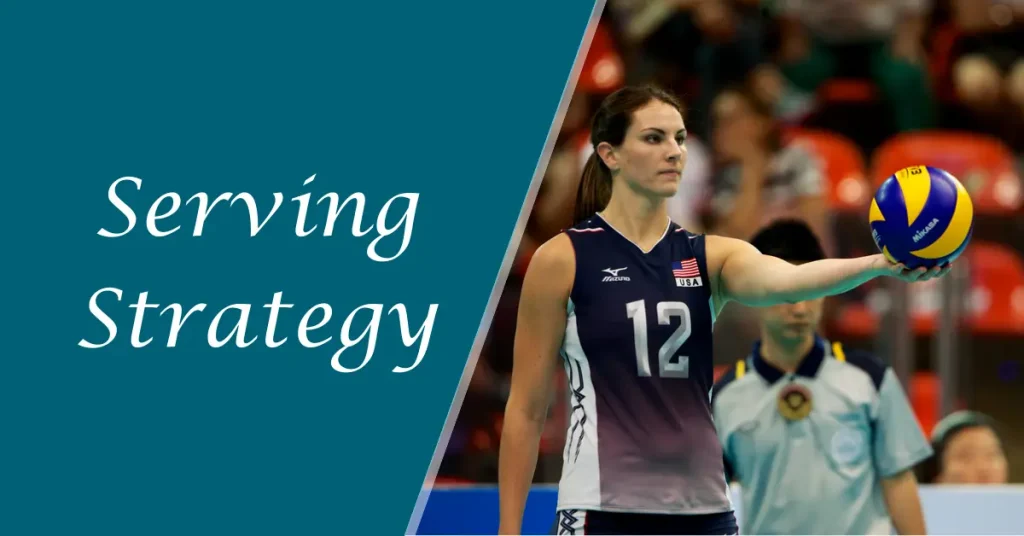
Tactical Considerations
Game Plans and Formations
Each volleyball game is unique. Developing flexible game plans and formations will prepare you for the challenges opponents might throw at you.
Adjusting Strategies Based on Opponents
Stay vigilant and adaptable. Recognizing the patterns of your opponents can give you an edge, allowing you to adjust your strategy mid-game for optimal impact.
Transitioning from Defense to Offense
Switching from defense to offense and vice versa will keep your opponents off balance. The transition involves coordinated team movement and readiness to convert a saved ball into an attacking opportunity.
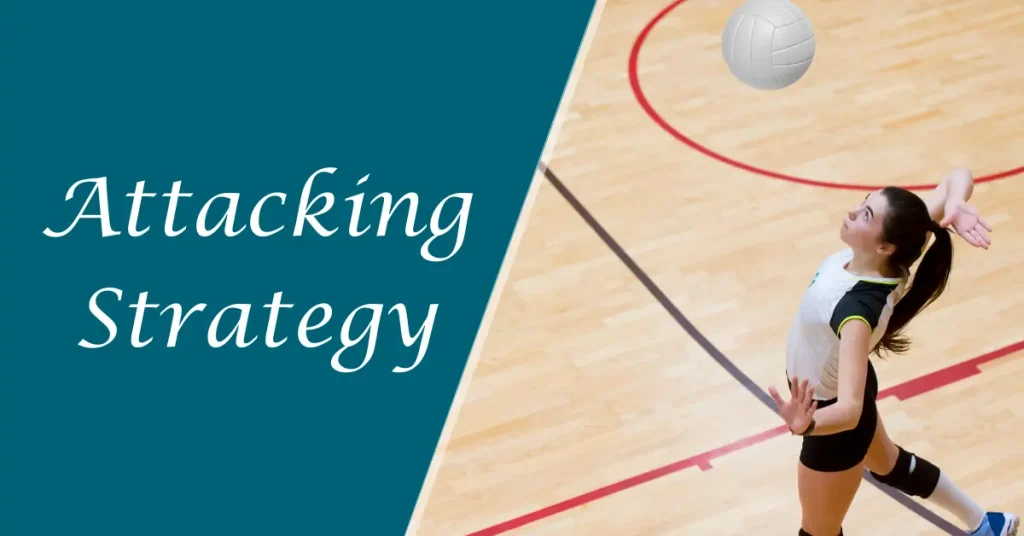
Rotation Strategy
Understanding the rotational order is fundamental. Adhering to it ensures no gaps in your formation and that you’re always prepared, whether on serve, defense, or offense.
Substitution Strategy
Strategic player substitutions can inject fresh energy onto the court, specialized skills where needed, and provide a broader thought to understand the game easily.
FAQs:
Conclusion
In summary, mastering volleyball’s basic strategies and tactics is essential for players at all levels. From serving techniques to defensive positioning, effective communication and strategic adaptability during a match are important as they play a vital role in overall successful gameplay. By understanding and implementing these strategies, teams can enhance their performance, dominate opponents’ plays, and succeed on the court.

